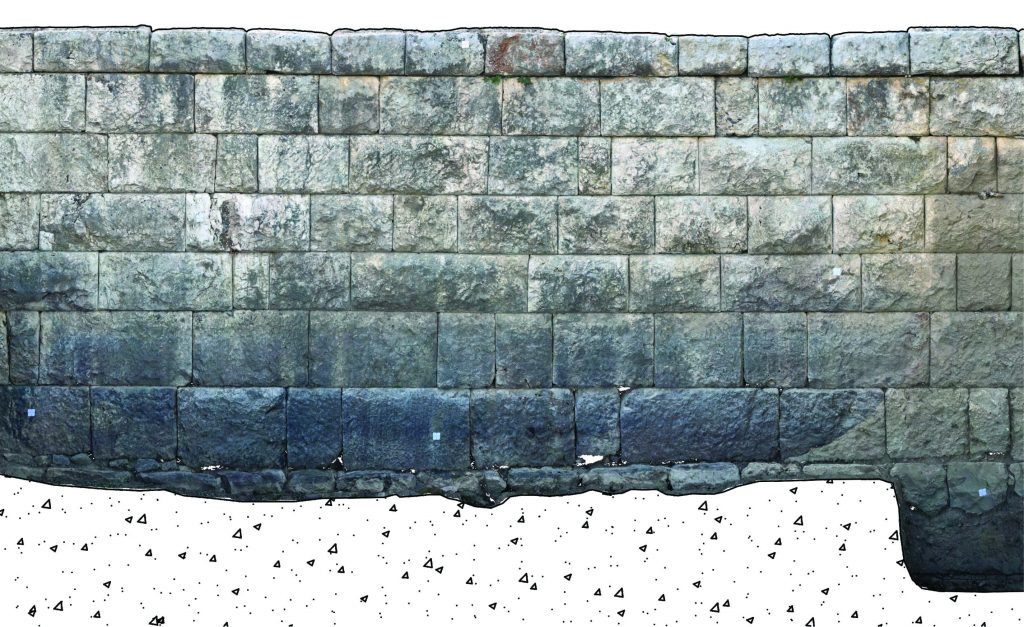
Herodotus Gate from Southwest (Kadıoğlu, 2021, 162, Figure 57)
The Hellenistic city wall, one of the best-preserved remains of Teos, marks the city’s boundaries during the Hellenistic Period. In addition to archaeological data, inscriptions and historical events provide extensive information about the construction of the Hellenistic city wall. Epigraphic records, historical events, ancient sources and archaeological investigations show that the construction of the Hellenistic city wall of Teos began immediately after the earthquake of 304/303 BC and extended over a period of about 175 years until the last quarter of the second century BC.
The 3.84 km long Hellenistic fortification line surrounds an area of 65 hectares. Along the wall, 12 towers have been identified: 9 in the west, 1 in the north, and 3 in the south. The city wall, discovered to have four gates—Dionysos Gate, Herodotus Gate, Necropolis Gate, and Gymnasium Gate—likely had more gates and towers along its eastern section, which buried under a dirt road.
Both archaeological and epigraphic data indicate that the lower part of the wall was made of stone, while the upper part was made of mudbrick.The rectangular isodomic double-faced wall body connected with binders and it is 3.3 meters high and 4 meters thick with 7 courses of blocks. No binding material was used between the wall blocks; only the right-angled corners of the gates and towers were fixed with iron clamps and dowels, which were stabilized by pouring molten lead around them.

Archaeological map of Teos and its surroundings (Kadıoğlu, 2021, 25, Map 4)

